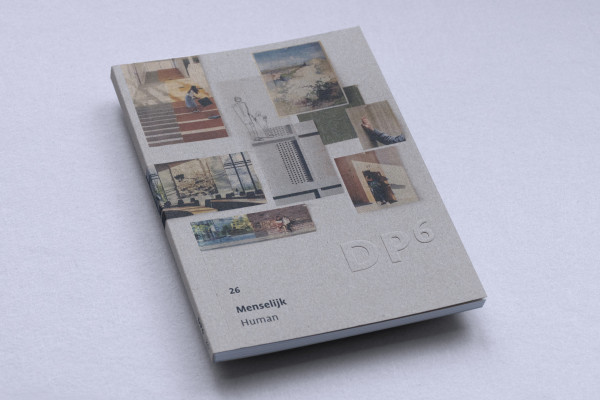
- Author: DP6
- Design: Jaunsolo Communications
- ISBN: 978-90-829676-8-5
People are at the heart of our designs, and we allow room for the human aspect — through architecture. We design with conscious attention to how people actually live in the environments we create in order to make a positive difference.
Email for a physical copy to: info@dp6.nl
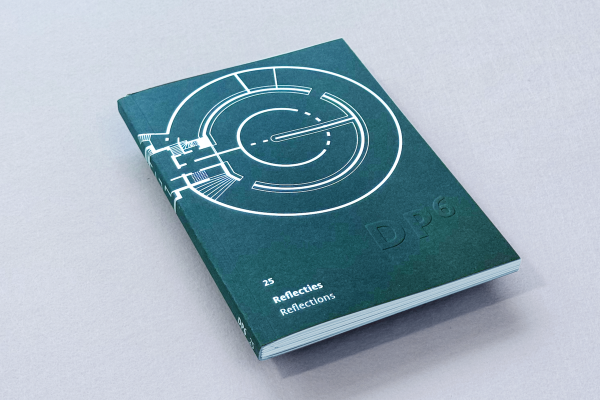
Author: DP6
Design: Jaunsolo Communications
ISBN: 978-90-829676-5-4
A yearbook as a catalog of the exhibition DP6 25. Reflections. In the basin of RADIUS, several video installations reflected the experience in our work, beautifully portrayed by Onur Can Tepe. We look back on what we have made in 25 years and dream about what is yet to come.
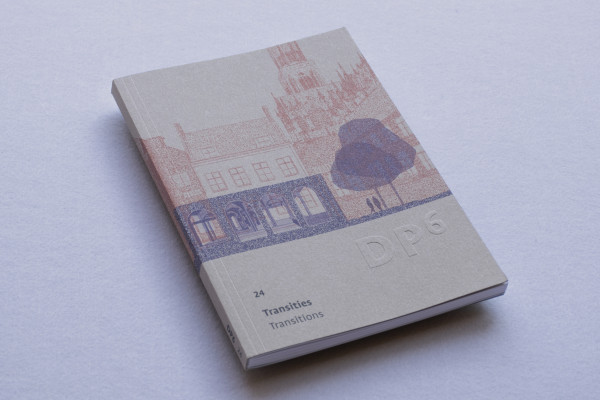
- Author: DP6
- Design: Jaunsolo Communications
- ISBN: 978-90-829676-6-1
The transition to a circular future requires the power of thought, time and attention, strength of design, collaboration and perseverance. Connecting the story of the new with the old stories, respecting the existing and giving the new a chance: together they form our new sustainable future.
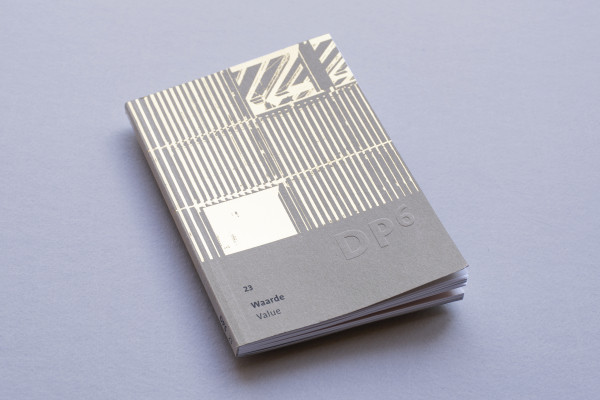
- Author: DP6
- Design: Jaunsolo Communications
- ISBN: 978-90-829676-4-7
In what we create, we seek high quality, added value, and future value. Distilling what is of value in our profession as architects brings focus and offers opportunities.
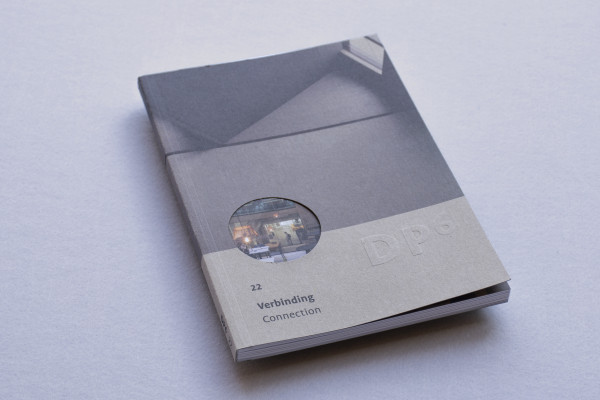
- Author: DP6
- Design: Jaunsolo Communications
- ISBN: 978-90-829676-3-0
Physical places acquire significance by making links and facilitating connections. We might simply feel ‘grounded’, feel ‘at home’ in such places, without quite knowing why.
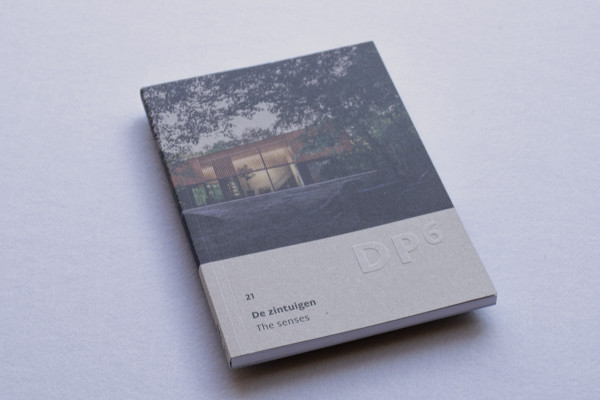
- Author: DP6
- Design: Jaunsolo Communications
- ISBN: 978-90-829676-2-3
The essential idea in the architecture of DP6 is that the space you occupy influences your feelings, your psyche. The deliberate focus on sensory experience inspires awe and wonder.
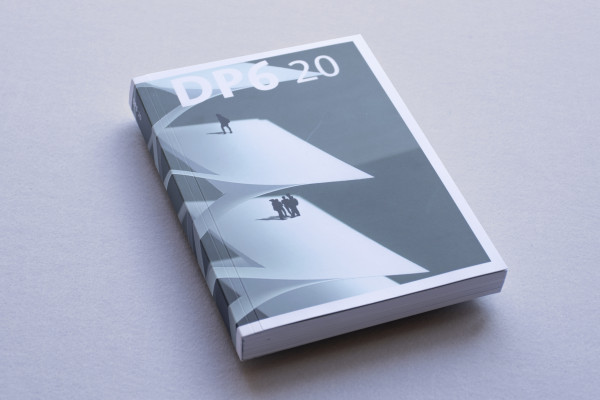
- Author: Olof Koekebakker
- Design: Stout Kramer
- ISBN: 978-90-829676-1-6
Commitment as ambition. A design ethos that has proven to be a solid basis for remarkable continuity across a wide-ranging body of work. To mark its twentieth anniversary, DP6 published a double-sized yearbook with a selection of twenty designs from the second decade.
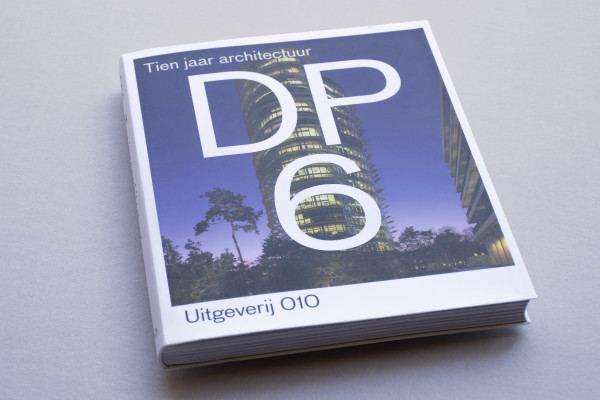
- Author: Olof Koekebakker
- Publisher: 010
- Design: Stout Kramer
- ISBN: 978-90-6450-709-0
In the autumn of 1999, Chris de Weijer and Robert Alewijnse left Mecanoo Architects to start up their own office, which they called DP6 architectuurstudio. In the ten years that have passed since then, they have realized a rich and multi-faceted oeuvre. Eighteen projects from this oeuvre – those that most fire the imagination – are presented in DP6. Ten Years of Architecture. They range from the glass towers of the Walterbos complex in Apeldoorn to the archetypical wooden dwelling house in Driebergen, and from the striking red mega-cinema in a noise barrier to near Ede to the bridges for the Zuiderpark in Rotterdam.
Besides comprehensive documentation of the projects, the book furnishes insight into the way in which DP6 deals with assignments. Designs are often created in two stages. Rational analsis is followed by a more intuitive process in which the emphasis is placed upon associative thought.